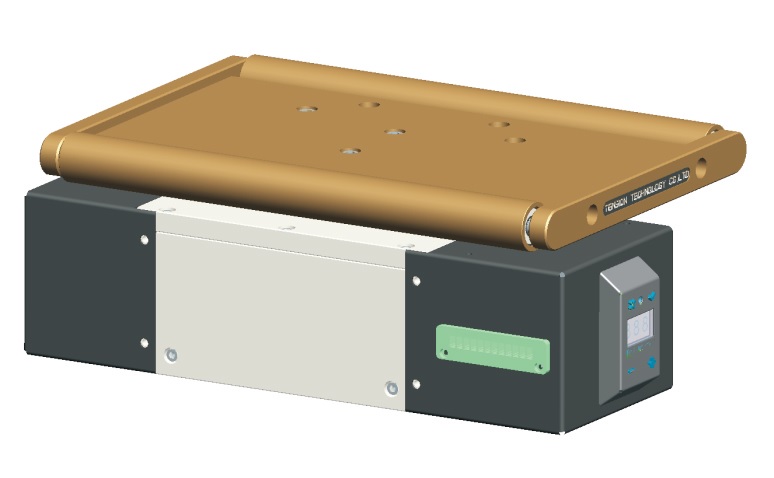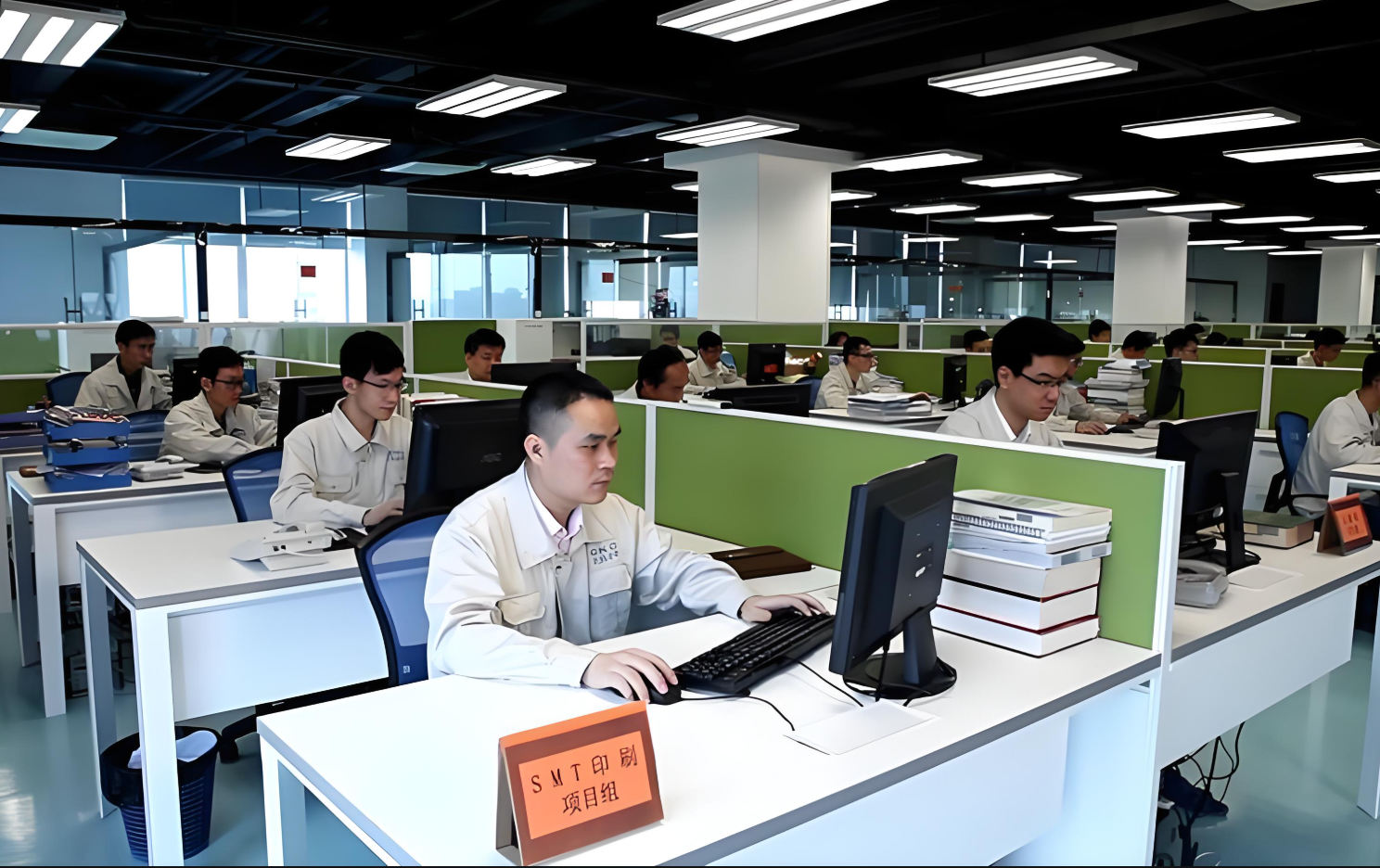Harnessing Precision and Efficiency The Future of Motor Testing and Control Technology
In an era where industrial efficiency and technological precision are non-negotiable, the demand for advanced motor testing and control systems has skyrocketed. From automotive manufacturing to renewable energy projects, industries rely on seamless integration of components like hysteresis brakes, hysteresis dynamometers, hysteresis clutches, motor dynamometers, and comprehensive motor test systems to ensure peak performance. This article explores the cutting-edge innovations in these technologies and their transformative impact on modern engineering. The Science Behind Hysteresis Technology At the heart of these systems lies hysteresis technology—a principle that leverages magnetic materials’ unique ability to resist changes in magnetization. Unlike mechanical friction-based systems, hysteresis devices operate contactlessly, minimizing wear and tear while delivering consistent torque control. This inherent reliability makes them ideal for applications requiring precision, such as high-speed motor testing or controlled braking in aerospace components. Hysteresis Brakes: Silent Powerhouses of Motion Control Hysteresis brakes are the unsung heroes of industries where smooth deceleration is critical. Imagine a robotic arm in an assembly line that must stop with micron-level accuracy, or a wind turbine adjusting blade pitch under extreme loads. CNC servo press manufacturing introduce vibration or degradation over time, but hysteresis brakes eliminate these issues. Their non-contact design ensures silent operation, zero maintenance, and unparalleled repeatability, even in harsh environments. For example, in medical device manufacturing, hysteresis brakes enable precise control during laser cutting processes, ensuring flawless results every time. Hysteresis Dynamometers: Redefining Motor Testing Standards When it comes to validating motor performance, hysteresis dynamometers set the gold standard. These devices simulate real-world loads with exceptional accuracy, allowing engineers to measure torque, power output, and efficiency under dynamic conditions. Unlike hydraulic or eddy current alternatives, hysteresis dynamometers offer instant load adjustment and linear response curves. A leading electric vehicle manufacturer recently integrated these dynamometers into their R\u0026D labs, slashing testing time by 40% while achieving ISO-grade measurement consistency. The Versatility of Hysteresis Clutches  Bridging the gap between mechanical and electromagnetic systems, hysteresis clutches provide precise torque transmission without physical contact. Their applications range from delicate textile machinery needing tension control to high-speed packaging lines requiring rapid engagement. In semiconductor manufacturing, these clutches play a pivotal role in wafer-handling robots, where even minimal particulate generation could ruin million-dollar production batches. Motor Dynamometers: Beyond Basic Performance Metrics Modern motor dynamometers are no longer just power meters—they’ve evolved into intelligent diagnostic hubs. Equipped with advanced sensors and AI-driven analytics, today’s systems can predict bearing failures weeks in advance or identify subtle efficiency drops caused by electromagnetic interference. A recent case study in the HVAC industry revealed how motor dynamometers helped optimize fan motor designs, resulting in 15% energy savings across commercial buildings. Integrated Motor Test Systems: The Brain of Smart Factories The true potential of individual components is unlocked when they’re woven into comprehensive motor test systems. These turnkey solutions combine hysteresis devices with programmable logic controllers (PLCs), thermal chambers, and cloud-based data platforms. Automotive OEMs now use such systems to perform 360-degree motor validation in climate extremes, from -40°C Arctic simulations to desert heat stress tests—all while streaming performance data to global engineering teams in real time. Sustainability Through Advanced Testing As industries face mounting pressure to reduce carbon footprints, motor test equipment has become a sustainability enabler. Precision testing allows for thinner material gauges without compromising durability, while load simulation identifies energy-wasting harmonics in motor designs. The renewable energy sector particularly benefits—offshore wind farms now use hysteresis-based systems to perfect generator alignment, boosting annual energy output by up to 8%. Customization: Meeting Industry-Specific Challenges The one-size-fits-all approach is obsolete in motor testing. Progressive manufacturers now offer modular systems tailored to unique requirements: – Aerospace: Explosion-proof hysteresis brakes for fuel pump testing – Agriculture: Corrosion-resistant dynamometers for tractor motor validation – Robotics: Micro-scale clutches for surgical robot joint calibration This bespoke engineering approach ensures every industry can harness hysteresis technology’s full potential. Training and Support: The Human Element Cutting-edge hardware means little without proper implementation. Forward-thinking suppliers now bundle their systems with virtual reality training modules and remote diagnostics. When a marine propulsion manufacturer in Norway encountered unexpected torque fluctuations, engineers in Texas guided real-time adjustments via augmented reality overlays—resolving the issue without delaying sea trials. Looking Ahead: The Next Frontier in Motor Testing Emerging trends are shaping the future of this field: 1. Quantum-sensitive hysteresis materials enabling nano-torque measurements 2. Integration with digital twins for hyper-accurate performance forecasting
Bridging the gap between mechanical and electromagnetic systems, hysteresis clutches provide precise torque transmission without physical contact. Their applications range from delicate textile machinery needing tension control to high-speed packaging lines requiring rapid engagement. In semiconductor manufacturing, these clutches play a pivotal role in wafer-handling robots, where even minimal particulate generation could ruin million-dollar production batches. Motor Dynamometers: Beyond Basic Performance Metrics Modern motor dynamometers are no longer just power meters—they’ve evolved into intelligent diagnostic hubs. Equipped with advanced sensors and AI-driven analytics, today’s systems can predict bearing failures weeks in advance or identify subtle efficiency drops caused by electromagnetic interference. A recent case study in the HVAC industry revealed how motor dynamometers helped optimize fan motor designs, resulting in 15% energy savings across commercial buildings. Integrated Motor Test Systems: The Brain of Smart Factories The true potential of individual components is unlocked when they’re woven into comprehensive motor test systems. These turnkey solutions combine hysteresis devices with programmable logic controllers (PLCs), thermal chambers, and cloud-based data platforms. Automotive OEMs now use such systems to perform 360-degree motor validation in climate extremes, from -40°C Arctic simulations to desert heat stress tests—all while streaming performance data to global engineering teams in real time. Sustainability Through Advanced Testing As industries face mounting pressure to reduce carbon footprints, motor test equipment has become a sustainability enabler. Precision testing allows for thinner material gauges without compromising durability, while load simulation identifies energy-wasting harmonics in motor designs. The renewable energy sector particularly benefits—offshore wind farms now use hysteresis-based systems to perfect generator alignment, boosting annual energy output by up to 8%. Customization: Meeting Industry-Specific Challenges The one-size-fits-all approach is obsolete in motor testing. Progressive manufacturers now offer modular systems tailored to unique requirements: – Aerospace: Explosion-proof hysteresis brakes for fuel pump testing – Agriculture: Corrosion-resistant dynamometers for tractor motor validation – Robotics: Micro-scale clutches for surgical robot joint calibration This bespoke engineering approach ensures every industry can harness hysteresis technology’s full potential. Training and Support: The Human Element Cutting-edge hardware means little without proper implementation. Forward-thinking suppliers now bundle their systems with virtual reality training modules and remote diagnostics. When a marine propulsion manufacturer in Norway encountered unexpected torque fluctuations, engineers in Texas guided real-time adjustments via augmented reality overlays—resolving the issue without delaying sea trials. Looking Ahead: The Next Frontier in Motor Testing Emerging trends are shaping the future of this field: 1. Quantum-sensitive hysteresis materials enabling nano-torque measurements 2. Integration with digital twins for hyper-accurate performance forecasting  3. Self-calibrating systems using blockchain-verified reference standards These advancements promise to redefine quality assurance paradigms across industries.
3. Self-calibrating systems using blockchain-verified reference standards These advancements promise to redefine quality assurance paradigms across industries.  Conclusion From hysteresis brakes ensuring your elevator stops perfectly level to motor test systems guaranteeing the reliability of life-saving medical equipment, these technologies form the backbone of modern industrial progress. As innovation accelerates, organizations that partner with visionary testing technology providers will lead the charge toward smarter, cleaner, and more efficient manufacturing ecosystems. The question isn’t whether to adopt these solutions—it’s how quickly businesses can implement them to stay ahead in an increasingly competitive technological landscape. This article barely scratches the surface of what’s possible with today’s motor testing and control technologies. To truly appreciate their transformative power, one must experience their precision firsthand—where every newton-meter of torque and every RPM of data tells a story of engineering excellence.
Conclusion From hysteresis brakes ensuring your elevator stops perfectly level to motor test systems guaranteeing the reliability of life-saving medical equipment, these technologies form the backbone of modern industrial progress. As innovation accelerates, organizations that partner with visionary testing technology providers will lead the charge toward smarter, cleaner, and more efficient manufacturing ecosystems. The question isn’t whether to adopt these solutions—it’s how quickly businesses can implement them to stay ahead in an increasingly competitive technological landscape. This article barely scratches the surface of what’s possible with today’s motor testing and control technologies. To truly appreciate their transformative power, one must experience their precision firsthand—where every newton-meter of torque and every RPM of data tells a story of engineering excellence.